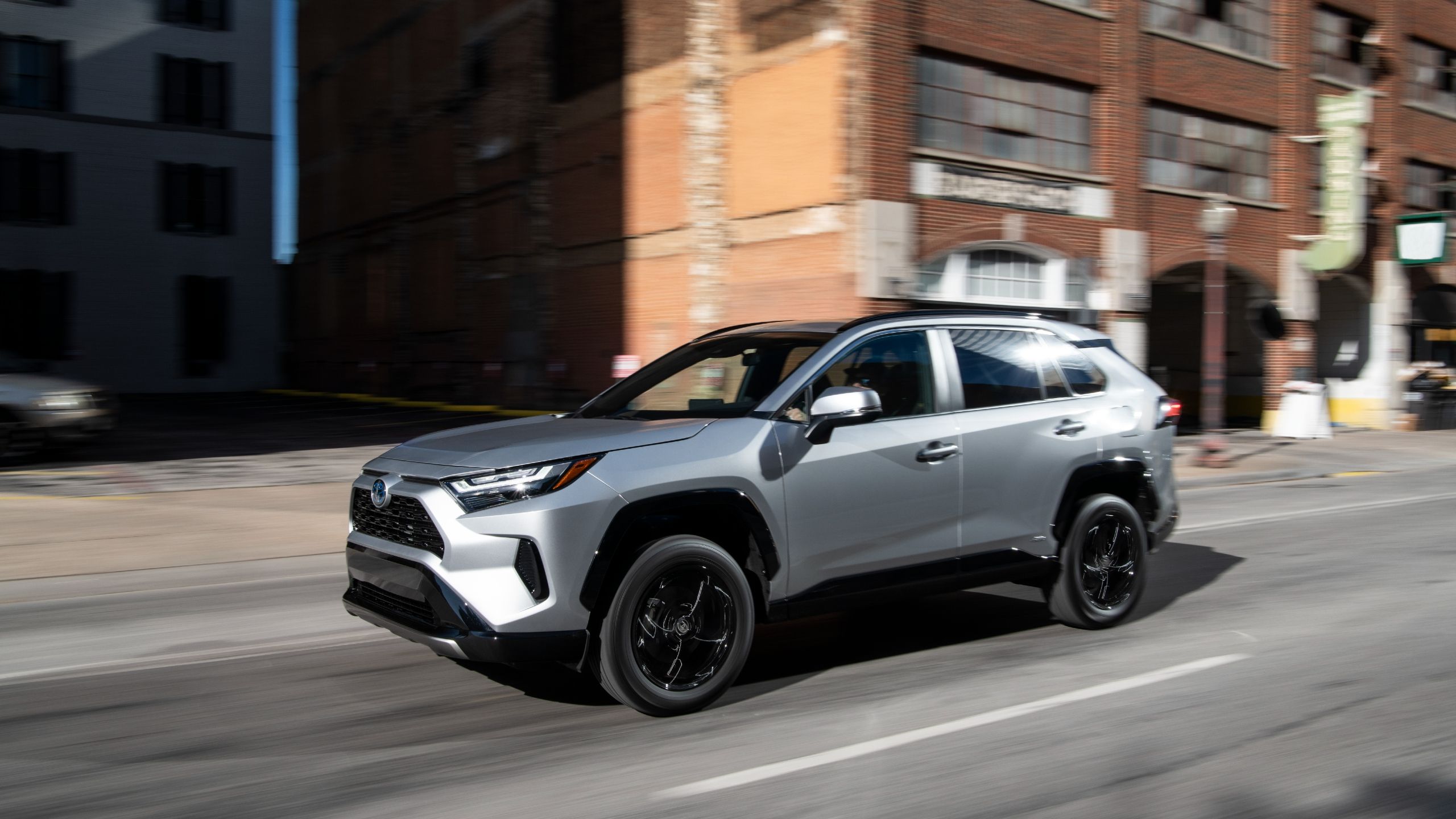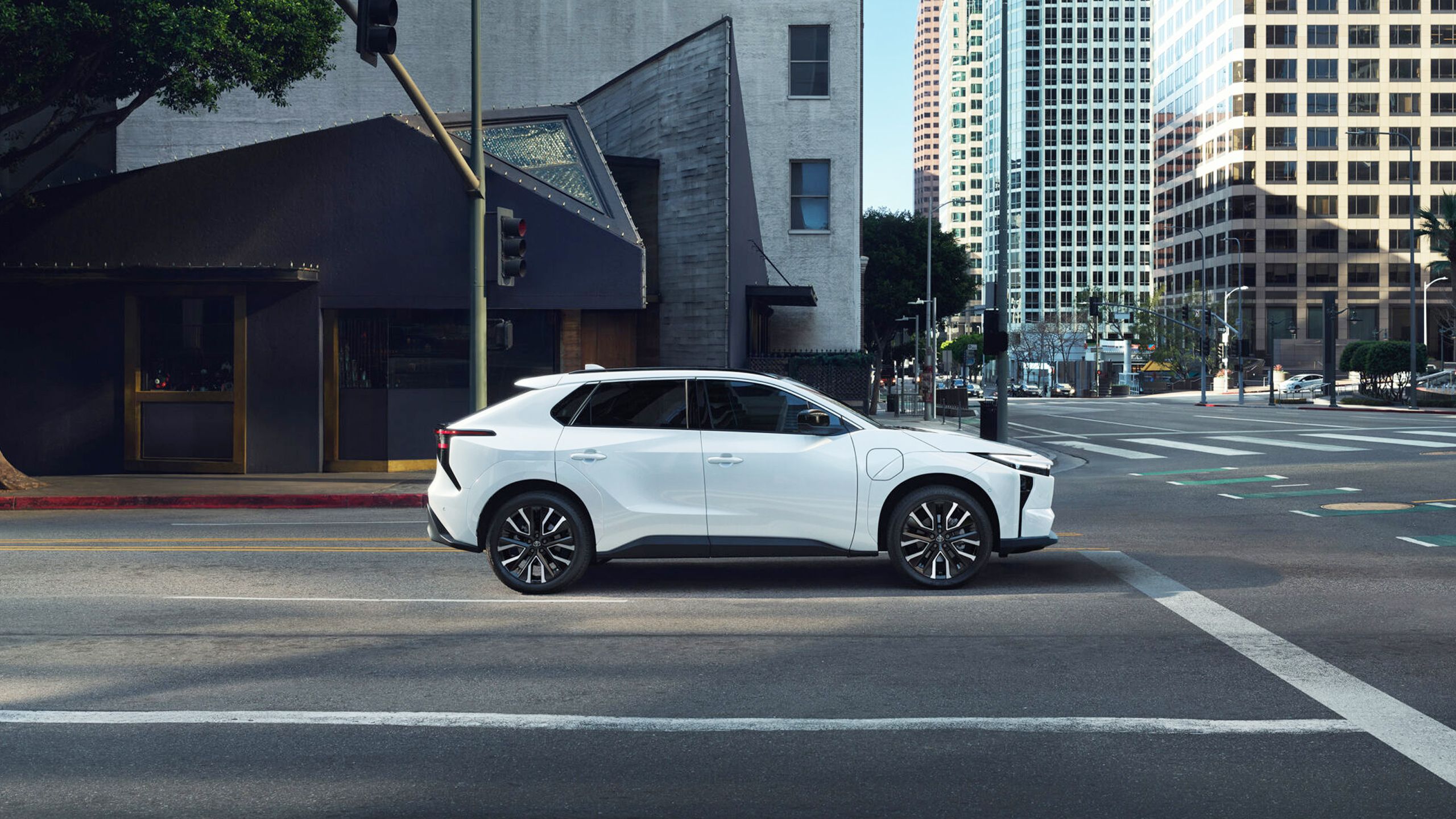Summary
- Toyota is shifting its focus to PHEVs over pure EVs, aiming for 20% of its sales by 2030.
- Business logic favors PHEVs due to the slow growth rate of EV sales and barriers to adoption.
- At the same time, the world needs to cut carbon emissions as fast as possible, and there’s a risk of Toyota being left behind in the EV industry.
A bit of news that was easy to miss — given the daily avalanche of tech stories, not to mention anything going with politics or culture — is that Toyota is choosing to emphasize production of plug-in hybrids (PHEVs) in the next several years over pure electric cars. Whereas PHEVs accounted for just 2.4% of Toyota’s US sales in 2024, the company is aiming to make that around 20% by 2030. The company will continue to develop EVs, naturally — it just announced the 2026 bZ — but don’t expect Toyota to offer a full slate of Tesla alternatives anytime soon.
Personally I find this a bit disappointing, since I’m a fan of the new bZ, and on-record as preferring EVs to hybrids. But more objectively, is Toyota making the right move by betting on PHEVs? It’s hard to disagree with the company’s immediate business logic, yet it could come back to bite them sooner or later.
Related
Everything you need to know about PEVs, or personal electric vehicles
You can use PEVs to explore, run errands, or speed up your commute.
The business case for the brakes
Meeting customers where they are
Toyota
EV sales have risen dramatically since 2017, effectively doubling in 2021 and 2022, according to Cox Automotive and KBB estimates shared by CNBC. But they haven’t taken off the way some automakers anticipated. Indeed, major companies like Ford, GM, Volkswagen, and Mercedes-Benz have scaled back their production efforts, simply trusting that we’ll all be driving EVs eventually.
The most obvious barrier to growth is price. Because of their giant lithium-ion battery packs, EVs are inherently more expensive upfront, no matter if they tend to be cheaper to own long-term. It’s difficult to find a quality EV under $30,000, and realistically, people often end up spending more than that for a decent range. For some buyers, range may be just as much a concern as money — if not more so. 300 miles (482 kilometers) can still feel weak if you have to drive cross-country, or when that range is slashed by factors like heavy loads or freezing temperatures.
Hybrids are not only cheaper at dealers, but tantalizing customers with superior range.
Hybrids are not only cheaper at dealers, but tantalizing customers with range superior to the gas-only (ICE) vehicles they grew up with. Using both gas and electric power, Toyota’s 2025 Prius PHEV can travel up to 644 miles, or over 1,036 kilometers — if I were to drive from Edmonton to see relatives in San Antonio, I could stop for gas just four times and have fuel to spare by the time I arrived.
In light of all this, it’s (almost) ridiculous for Toyota to adopt any other strategy. Especially since Toyota is gradually expanding the range its PHEVs get when going battery-only, and reserving the right to accelerate EV production if circumstances change. Assuming it hits its 20% PHEV target in 2030, it’ll remain in compliance with California emissions laws. It may be tougher to reach zero emissions by the state’s 2035 deadline, but it’s not impossible.
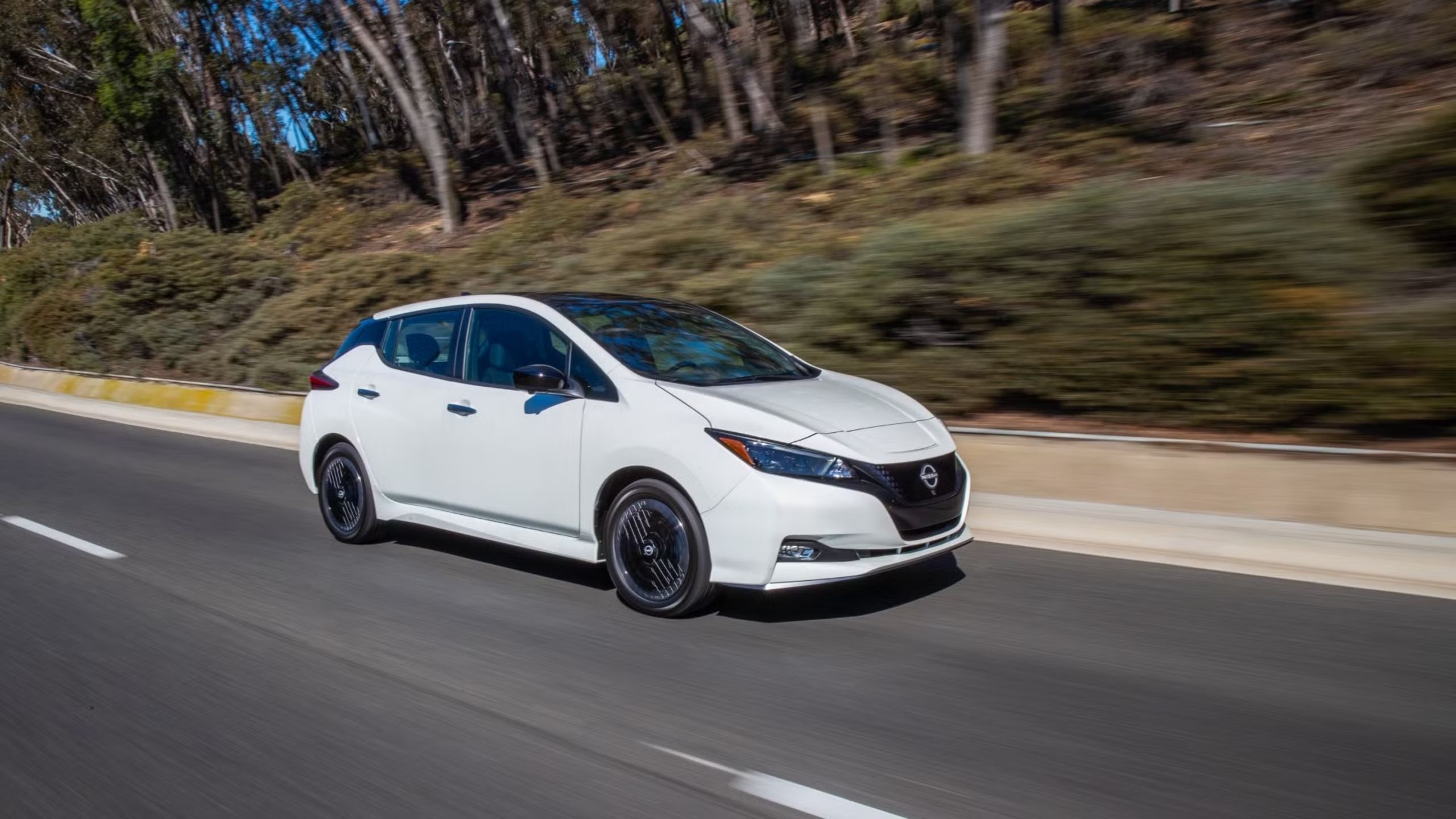
Related
4 tech tips I always use to make every roadtrip painless
Use this checklist to make sure you’re ready to roll.
How Toyota may be going astray
Both in business and the environment
BBC
An indisputable issue here is climate change. While hybrids are better for the environment than ICE cars, they still directly contribute to greenhouse gas emissions, at a time when humanity’s already on track to miss the targets needed to keep warming below the 1.5C (34.7F) pledged in the Paris Agreement. As things are, emissions are going to have to drop 43% versus 2019 levels by 2030, and nigh-on miraculously to achieve net-zero by 2050.
Worrying that drivers won’t buy EVs you aren’t making is a little absurd, especially when the best the company was offering until recently was the mediocre bZ4X.
There’s only so much Toyota can do to affect global emissions, of course, and it’s not like conscientious buyers can’t find EVs elsewhere. At the same time, however, it’s the largest car manufacturer in the world when measured by production, so converting as much of its lineup to EVs as possible could have a tangible impact. There’s a bit of a chicken-and-egg situation going on, too — a buyer wandering into a Toyota dealership today is only going to encounter one or two EV models, and even those might not be in inventory, at least in the exact trim and color configuration someone wants. Worrying that drivers won’t buy EVs you aren’t making is a little absurd, especially when the best the company was offering until recently was the mediocre bZ4X.
Putting aside the environment for a moment, there’s the risk that Toyota will continue to languish behind other EV makers in terms of quality. You need to actually ship products in order to learn lessons and keep costs in check, as Apple demonstrates every year with the evolution of the iPhone. Toyota does have the resources to correct any mistakes — but with rivals like Kia and Hyundai already up to several EV lines, it could be stuck in a catch-up mode for quite some time.
I also wonder if Toyota isn’t going to be caught off guard by an upcoming market twist. There’s always the chance of a sudden resurgence in EV growth, say, if tariff wars end and battery economics continue to improve. If nothing else, solid-state batteries are poised to eliminate any remaining range anxiety by the turn of the decade.
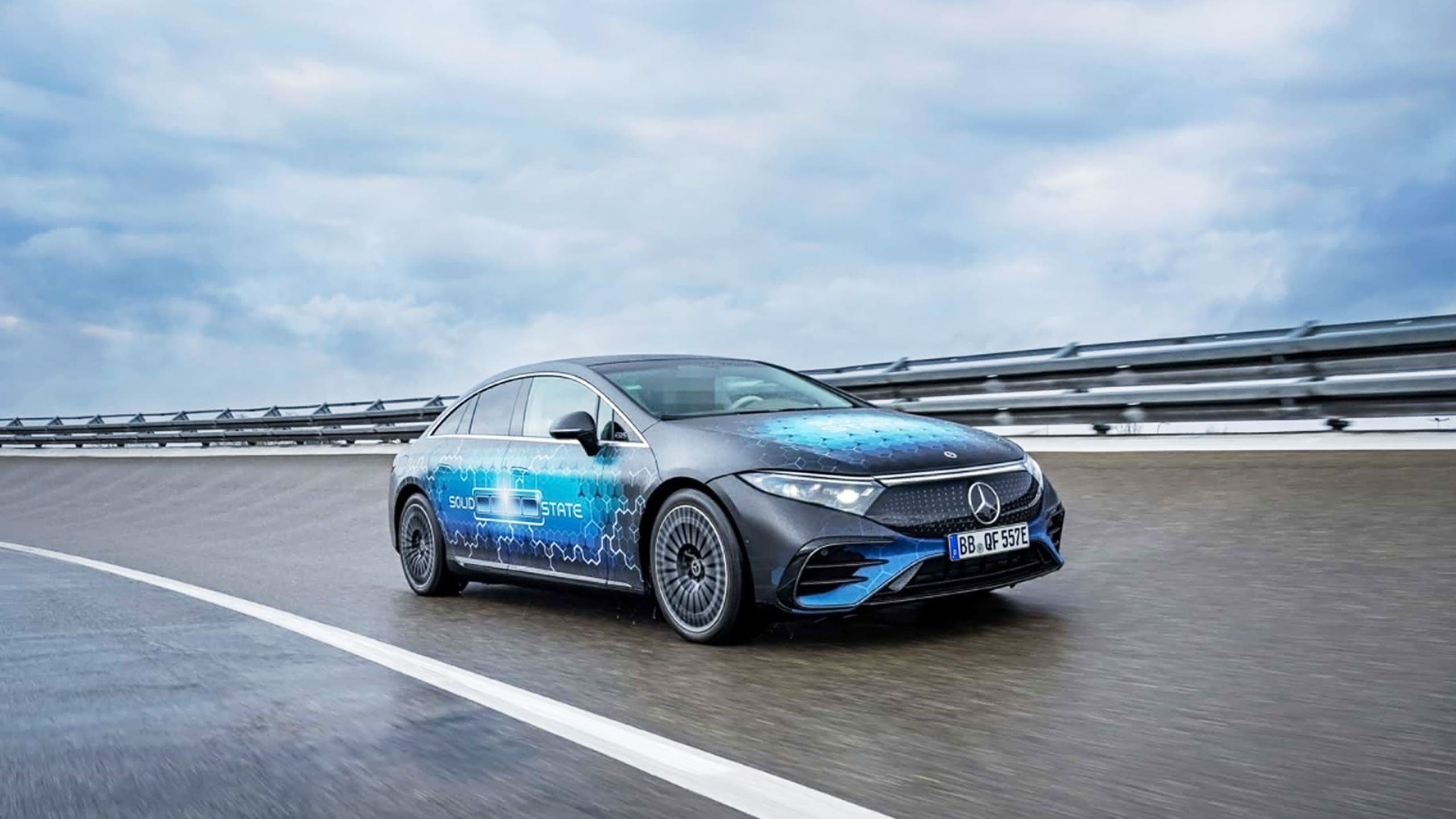
Related
Why solid-state batteries will revolutionize EVs – and why we’re still waiting
They’re on the horizon, but there’s still some distance to go.
A tentative verdict
Final thoughts
Toyota
Although I hate to say it, I’m not sure that I’d handle things much differently if I were in charge of Toyota. Automakers do have a responsibility to care more for the environment. Yet if people aren’t buying EVs in droves elsewhere, there’s no guarantee that Toyota pushing an EV-heavy lineup would do more than hurt its sales. If we’re lucky, the PHEV initiative could even act as a Trojan horse, getting more and more people used to the benefits of going electric. And there won’t be zero reduction in greenhouse gas emissions — a 50-mile (80-kilometer) battery is enough to avoid any gas consumption on many commutes.
If we’re lucky, the PHEV initiative could even act as a Trojan horse.
Mostly, I’m just glad that Toyota is remaining flexible. Had it gone all-in on PHEVs, refusing to adapt until EVs were already de facto in the industry, that might’ve been as disastrous on a business level as it would’ve been for carbon emissions. Corporations can be that short-sighted — just look at the history of electric cars in the 1990s.
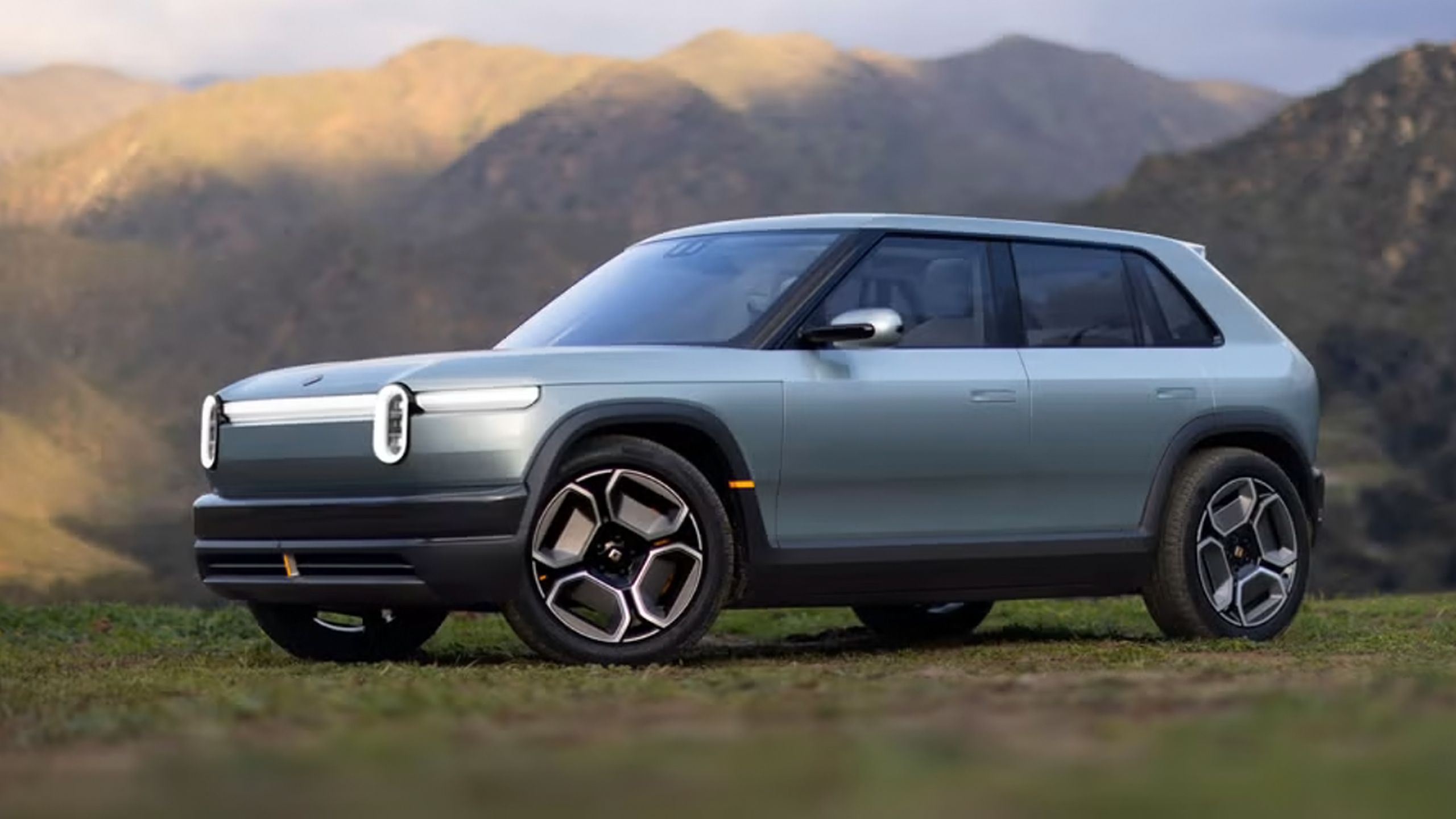
Related
I hope the Rivian R3 will be the vehicle to topple Tesla
Tesla won’t shrink and vanish in a day, naturally.
Trending Products

Logitech MK470 Slim Wireless Keyboard and Mouse Co...

Wireless Keyboard and Mouse Combo, 2.4G Silent Cor...

HP 17.3″ FHD Business Laptop 2024, 32GB RAM,...

Wireless Keyboard and Mouse Ultra Slim Combo, TopM...


